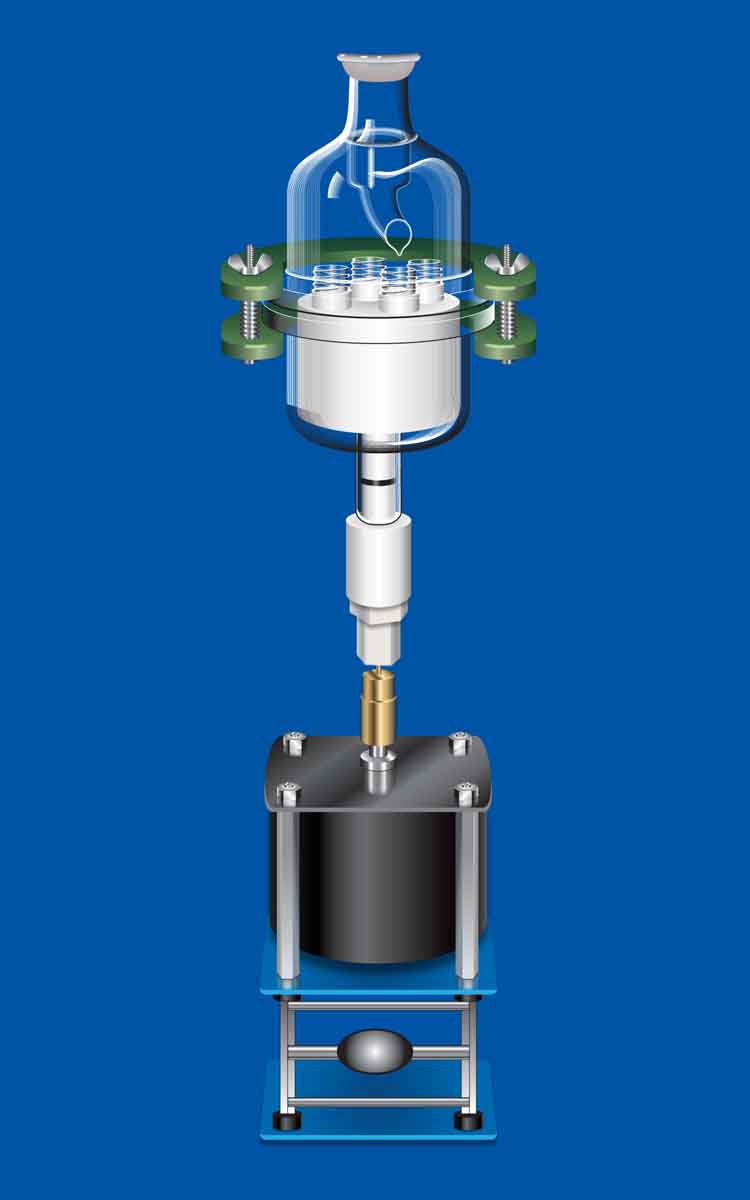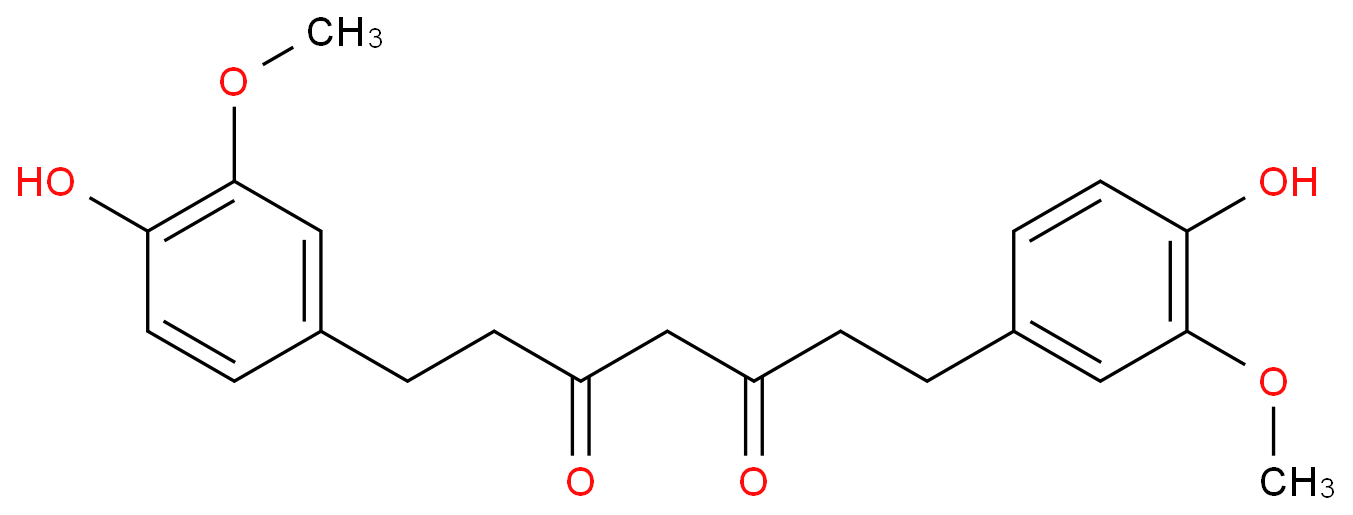

Thus, the term petroleum distillates may be used generically and interchangeably for two or three different types of petroleum distillation fractions.

It is also known as Stoddard solvent, refined petroleum spirits, white spirits, Amsco 140, Soltrol, Soltrol 50, Soltrol 100, or Soltrol 180. Mineral spirits, also known as petroleum spirits, is another commonly used solvent that distills at an even higher temperature than naphtha (boiling point range, 302–392☏). Other synonyms for this solvent include benzin, benzine (light petroleum distillate), benzoline, canadol, ligroin, painters naphtha, petroleum ether, petroleum spirit, refined solvent naphtha, Skellysolve F, Skellysolve G, UN1271, varnish makers’ naphtha, VM and P naphtha, VM&P naphtha.

Petroleum naphtha is also known by the following synonyms: Amsco H-J, Amsco H-SB, Benzin B-70, HI-Flash naphtha, hydrotreated naphtha, naphtha coal tar, naphtha, petroleum naphtha, solvent naphtha, petroleum benzin, petroleum-derived naphtha, petroleum oil, Super VMP, UN1255, UN1256, UN1270, UN2553.Ī solvent obtained from higher boiling distillates (boiling point range, 203–320☏), generically known as ligroin or ‘varnish-makers’ and painters’ naphtha’ (VM&P naphtha), may also occasionally be referred to as ‘petroleum distillates’. The term ‘petroleum distillates’ generally refers to petroleum naphtha or petroleum ether, which contain the lower boiling fractions (boiling point range, 86–140☏) of petroleum, principally pentanes and hexanes, with minor amounts of paraffins ranging up to 13 carbons. Clough, in Encyclopedia of Toxicology (Second Edition), 2005 Background Information However, the lateral extent of soil contamination was limited, being the concentration of petroleum distillates found in the vicinity of the underground pipes connected to dry-cleaning facility up to 2200 mg kg −1. In this way, the concentration of these compounds found underground in the immediate vicinity of storage tanks was 3500 mg kg −1. In contrast to air and water, petroleum distillates are monitored on soil per se. It also means that, if individual components are detected during monitoring, it does not allow determining if they are coming from petroleum distillates or from other hydrocarbon releases. Nevertheless, petroleum distillates are monitored in air and water through analysis of the individual components of the mixtures. Petroleum distillates are not usually monitored per se in the environment because they are mixtures and their composition may change during distribution in different environmental compartments due to evaporation of the most volatile compounds and photodegradation. Vilanova, in Encyclopedia of Toxicology (Third Edition), 2014 Environmental Exposure


 0 kommentar(er)
0 kommentar(er)
